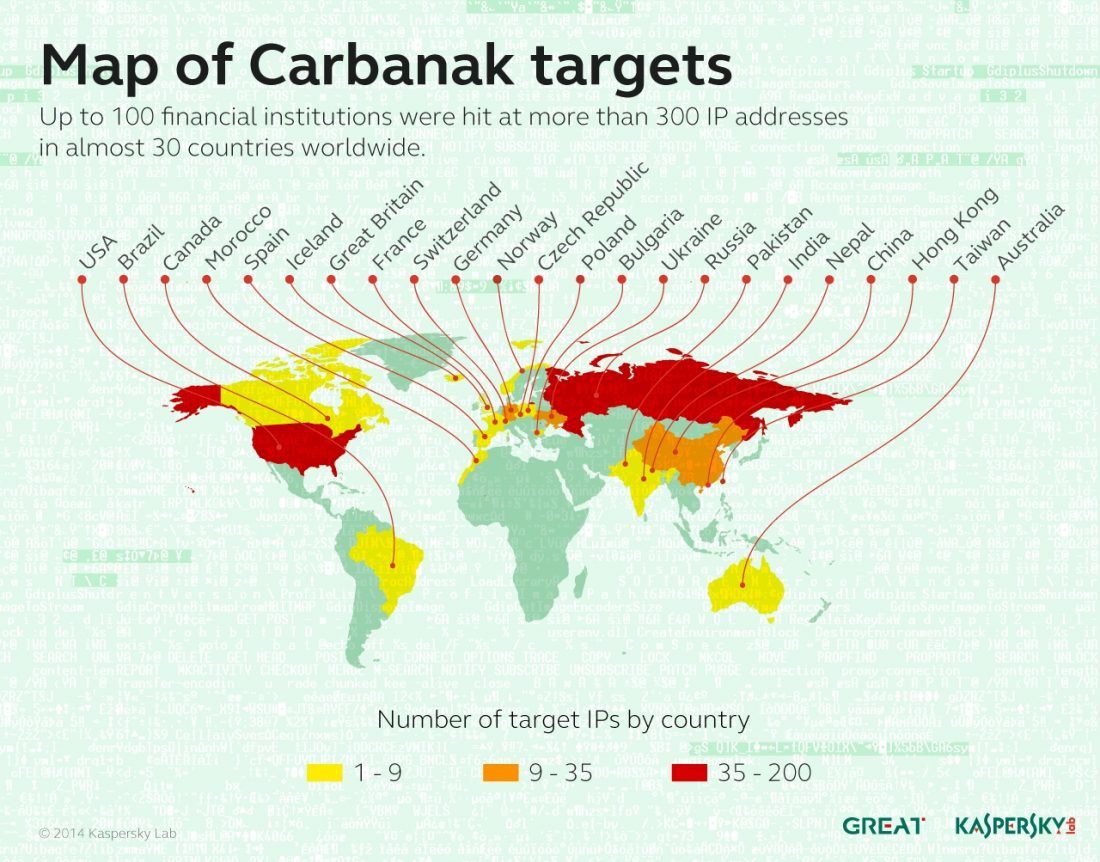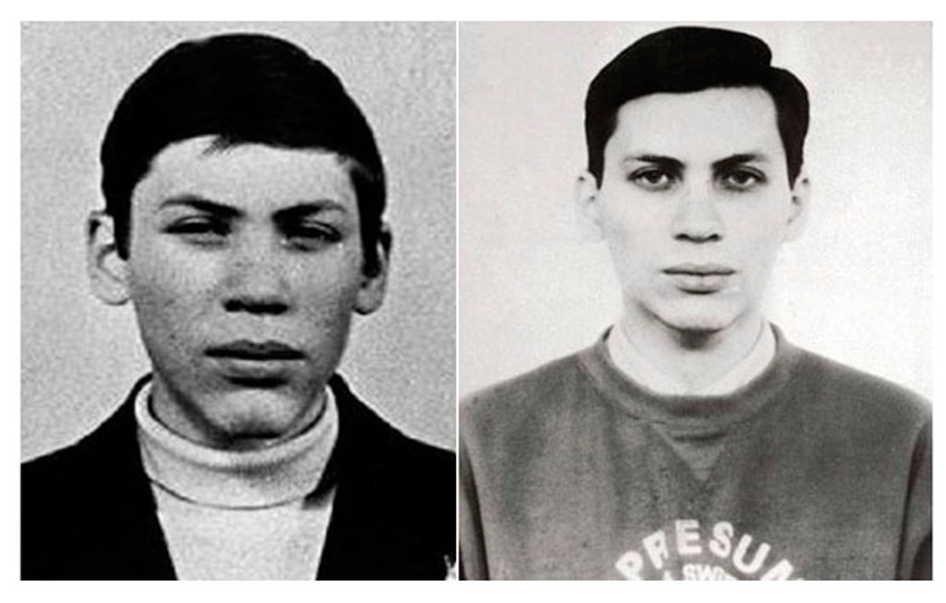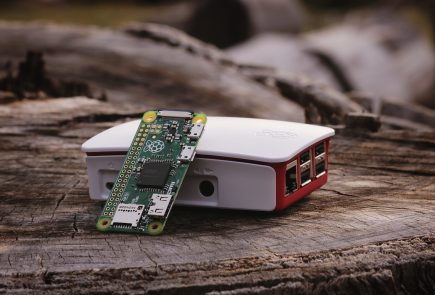5 Internet Hacking Operations that Shook the World

Internet warfare and cyber espionage has been going on for a while now. Hackers breaking into secret government records, swindling banks off their money or just simply having a laugh on the internet is something not unheard of at all in contemporary times. Therefore it’s only natural that we talk about some of the most well-executed hacks that made the world sit-up and listen.
1. First Worm on the Internet (1990):
I only wanted to see the size of the web -is what Robert Morris said in 1988 when he was caught for creating what would be known as the first worm on the Internet. He tried hiding his online trail by releasing the worm from MIT, instead of Cornell where he was a student.
A design flaw ensured that the worm replicated itself in way larger numbers than Morris had planned or expected, until it had caused significant and noticeable damage to confidential files all over the country.
Robert Morris became the first person to be convicted under the Computer Fraud and Abuse Act in 1990. He was also sentenced to three years of probation, 400 hours of community service, a fine of $10,050, and had to cover the costs of his supervision.
2. Citibank Loses Millions to Russian Hacker (1995):
One of the most important and earliest hacking scandals of banks was in 1995 when Vladimir Levin illegally transferred $3.7 million from Citibank into bank accounts of his criminal organisation.
The criminal ring-leader conducted this incredibly well-planned hack using a computer based in London. Using a list of customer codes and passwords, Levin logged into bank accounts numerous times and transfer funds to his own.
Levin was finally tracked down by FBI at a London airport. Following his arrest, he was tried and convicted in the U.S. and was sentenced to three years in jail in 1998. A penalty of $240,015 was also levied against him by Citibank to be paid as restitution.
3. When New York Times Was Hacked by a Teenager (2002):
Hacking of tabloids and newspapers is one of the most common incidents of cyber-crime. Everyone is dying to spill the beans on the deep, dark secrets of tinsel town’s ‘who’s who’. The year 2002 saw hacking of voicemail accounts of celebrities like actress Sienna Miller, and even people of the British Royal Family. However, this NYT hack is especially important because it involves a 19 year old who broke into the records of one of the biggest daily newspapers in the world.
Adrian Lamo gained access to some of the most confidential records of the New York Times which included detailed database of op-ed writers the paper had used in the past. This included names, phone numbers, home addresses and payment history of contributors like Democratic strategist James Carville and former secretary of state James Baker.
Because Lamo wasn’t done having fun yet, he added his own name under “experts” and put “Computer hacking, national security, communications intelligence”, under “expertise”. And yes, Adrian Lamo is the same person who turned in Wikieaks’ Bradley Manning to the US authorities, winning himself the title of the “world’s most hated hacker”.
4. Hacking Heist that Involved 100 Banks All Across the Globe (2015):
Hackers pulled a ridiculously high-profile Hollywood-styled heist as they broke in the accounts of about 100 banks over 30 countries, including India, China and the US, and duped them of $1 billion. It was a group of cyber-criminals from all over the world executing this hack over a period of two years.
It is beyond incredible how they left absolutely no virtual trail behind them, despite the humongous size and the long period of time involved in the heist. The attack which took place earlier this year in February was called an “unprecedented cyber robbery.” The criminal gang was dubbed ‘Carbanak’ by a Russian security firm, and is believed to include members from Russia, Ukraine, Chine and Europe.
5. When Irani Hackers Had a Field-trip with American State Secrets (2015):
Iran came up with a phony news agency in 2011 called NewsOnAir and used it to draw important details of American bureaucrats using social media and tactics like phishing (when a user is tricked into revealing personal credentials, like passwords, online). Though it hasn’t been confirmed that the hackers are Iranians, the central domain is located in Iran. 
This group of hackers used numerous fake identities, like that of Reuters journalist Sandra Maler, to set an entire network online including social media platforms like Facebook and Twitter, as well as WordPress blogs, to get in touch with important US officials.
Though it is unclear exactly how much data was lost, iSight Partners, a cybersecurity consulting group, comments, “a vast amount of social content was compromised in addition to some number of log-in credentials”. If reports are to be believed, this campaign has definitely been one of the most elaborate hacking operations ever.


























